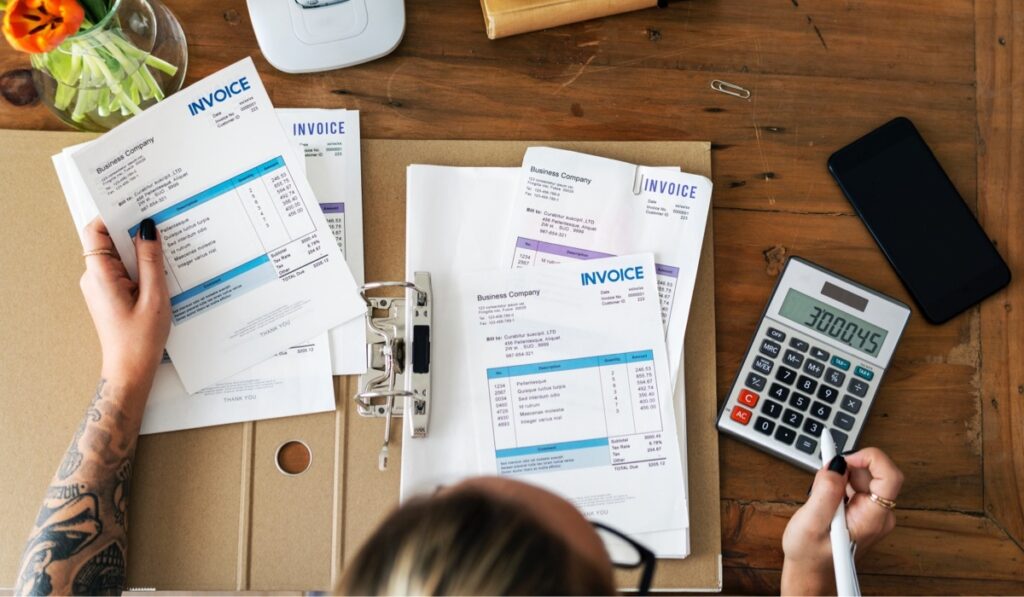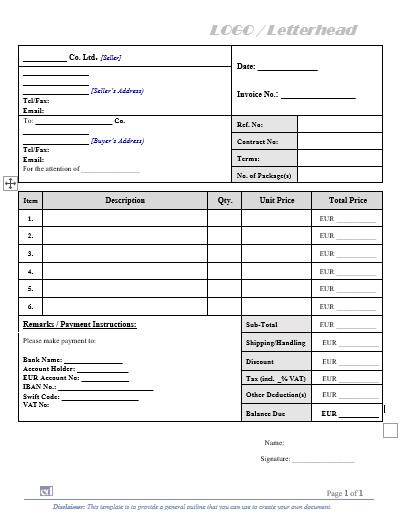Invoices are essential documents in business operations, serving as formal records of transactions between sellers and buyers. Here’s how invoices have evolved and their significance in today’s digital age.
The Role of Invoices in Modern Business
Invoices are critical documents in business operations, serving as formal records of transactions between sellers and buyers. Here’s how invoices have evolved and their significance in today’s digital age.
What is an Invoice?
An invoice is a document that details the goods or services provided, along with their associated costs. The seller issues it to the buyer, acting as a reminder to make a payment by the specified due date. This helps businesses manage cash flow and track payments efficiently. For instance, when a company delivers products, it sends an invoice to the client, ensuring timely payment and accurate financial records.
Electronic Invoicing: The New Standard
Traditionally, invoices were paper-based, involving manual steps like printing, mailing, and data entry. However, with the advent of technology, electronic invoicing has become the preferred method. Companies now issue electronic invoices, or e-invoices, which are digital documents transmitted electronically in structured formats like XML or EDI. This method streamlines the invoicing process, reduces errors, and enhances financial management efficiency. For example, electronic invoices allow for faster processing, real-time tracking, and environmental friendliness.

Commercial and Non-Commercial Invoices
When distinguishing between commercial and non-commercial invoices, it is essential to understand their distinct purposes and uses.
Commercial Invoices
Commercial invoices are legally binding documents issued after the completion of a sale. They serve as the final bill, detailing the goods or services provided, their value, and the terms of sale. These invoices are crucial for international trade, acting as a request for payment, a record-keeping document, and a necessary tool for customs clearance. Commercial invoices include comprehensive details such as product descriptions, prices, quantities, HS codes for customs purposes, and seller and buyer information. They are used to assess the transaction, ensure its legality, and calculate duties and taxes.
Non-Commercial Invoices
Non-commercial invoices, on the other hand, are used for the shipment of items that are not intended for sale, such as gifts, samples, or other items provided free of charge. In these cases, the invoice will typically show a value of zero. Non-commercial invoices are essential when sending samples to customers or companies without any financial transaction involved. For instance, if a company is sending product samples, the non-commercial invoice will specify that the goods are supplied free of charge, with a realistic value included for customs purposes only. This ensures that the samples are cleared correctly through customs without attracting unnecessary duties or taxes.
Key Differences
The primary differences between commercial and non-commercial invoices lie in their purpose and the value they represent. Commercial invoices are legally binding, reflect actual sales, and demand payment according to the agreed-upon terms. They are indispensable for customs clearance and accurate accounting. In contrast, non-commercial invoices are not legally binding, do not require payment, and are used for items not intended for sale. These invoices are vital for ensuring that free goods, such as samples, are properly documented and cleared through customs without any financial implications
Now what is a “Proforma Invoices”?
Proforma invoices, on the other hand, are preliminary documents that serve as estimates or bids. They are issued before the delivery of products or services and provide a general idea of the projected costs. Proforma invoices are not legally binding and are used to help buyers understand potential costs and secure financing. Unlike commercial invoices, proforma invoices do not require immediate payment. For example, a contractor might issue a proforma invoice to a client to outline the estimated costs of a project before commencing work.
You may find here a sample of PROFORMA INVOICE as well.
References
Finli: What Is an Invoice: Definition, Importance, and Tips for Success
HighRadius: Paper Vs Electronic Invoices (X Key differences)
BlueNotary: What Is an Invoice? Its Role in Business Transactions
has been added to your cart!
have been added to your cart!



